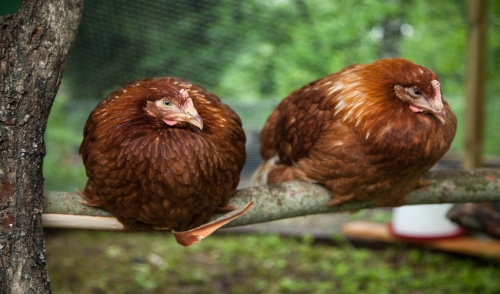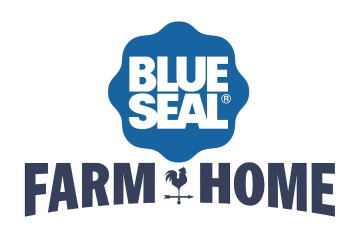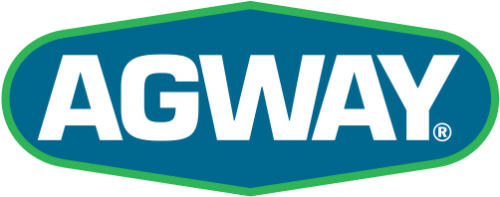{article.name} Monthly Blog Articles
WE DELIVER
Peterborough, NH: 603-924-6801 Brattleboro, VT: 802-254-8755 Walpole, NH: 603-756-9400 Hillsboro, NH: 603-464-3755 Milford, NH: 603-673-1669 Keene, NH: 603-357-5720Dropping Boards – De-Poop Your Coop!

- Share this:
- Share on Facebook
- Pin on Pinterest
- Tweet on Twitter
Even the healthiest chickens can make a massive mess inside their coop as feces, dirt and feathers accumulate in such a small space. Dropping boards are the ideal solution to help keep a coop clean with ease, reducing the time necessary to clean the coop and protecting the birds' health by minimizing their exposure to unclean feces, ammonia and flies attracted to the droppings, as well as allowing immediate examination of feces for signs of illness. But what boards are best?
Types of Trays
There are several types of dropping boards that can be suitable for chicken coops, from plastic or wooden trays to repurposed countertops or tabletops, smooth doors or scrap wood. Adding a vinyl or scrap linoleum top to the board will make cleaning even easier, so long as the surface is smooth and there are no loose bits that curious chickens could peck at or accidentally ingest. The board material should be relatively stiff and sturdy for easy cleaning without absorbing too much moisture. Individual boards should be small enough for easy handling, but the overall arrangement should be large enough to completely cover the necessary area beneath roosts, even if multiple boards must be used to do so.
Positioning Dropping Boards
Because chickens prefer to roost on an elevated perch, dropping boards can easily be positioned beneath their perches to allow the birds a comfortable roost while still collecting the droppings. Boards should be spaced approximately eight inches below the roosts, and should be wide enough to cover the entire area below the perches so all feces are collected with ease, no matter which way the birds are positioned as they rest. For larger chickens, the spacing may need to be slightly greater, or for smaller birds, more compact spacing may suffice.
Securing the Boards
Dropping boards should be heavy and sturdy enough that they will not easily move as birds walk or alight on them, but they should be convenient to move for frequent cleaning. Smaller boards can be easier to work with, but may need clamps to keep them in place to avoid tips or falling that could injure birds. If boards are to be cleaned without removing them from the coop, they should still be able to be removed once or twice a year for more thorough cleaning and repairs if needed.
Cleaning Dropping Boards
Dropping boards should be cleaned daily to best protect chickens' health. Before cleaning, however, the boards should be examined briefly for blood, unusual feces or other signs that may indicate injuries or illnesses among the flock. Then, a simple scraper – even a scrap of wood or a wide, stiff piece of plastic – can be easily run down the length of the board, scraping feces into a bucket at the end or edge of the board. The litter or bedding beneath the boards (even the best dropping boards will not be 100 percent effective at catching every bit of feces) will need to be cleaned and refreshed regularly as well, though not as frequently than if dropping boards were not used. At least once or twice a year, the boards should also be washed and dried thoroughly, which is also a good time to make general coop repairs.
Dropping Use
Because dropping boards allow chicken feces to be easily collected, they can be added immediately to a compost pile or deposited directly in fields, gardens or flowerbeds for fertilizer. With easy cleanup and great use, dropping boards are the ideal way to de-poop your coop, and it's a win-win for you and your chickens!



Comments